
Interesting method of identifying sorcerers in Babylon
Magic is defined as having an effect on people, objects and events through rituals organized by using energy taken from supernatural beings and a number of materials. People have benefited through magic. Those who cast spells aimed to harm their enemies through magic, to disrupt the peaceful home lives of people they could not attract,
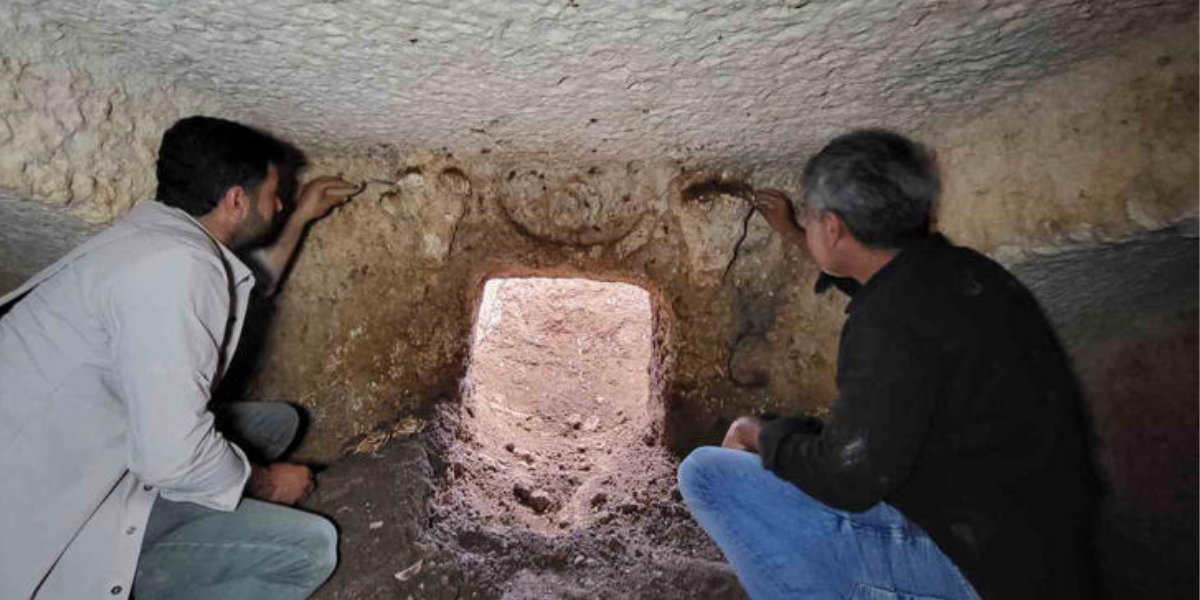
2000-year-old tomb guarded by two bull heads discovered in Tharsa Ancient City
During the ongoing rescue and cleaning works in the ancient city of Tharsa, a new 2000-year-old tomb protected by two bull heads was discovered. The ancient city of Tharsa is located on the borders of Kuyulu village on Adıyaman-Şanlıurfa Highway. Today the city is called ‘Turuş Rock Tombs’. Archaeologists said the bull’s heads were in
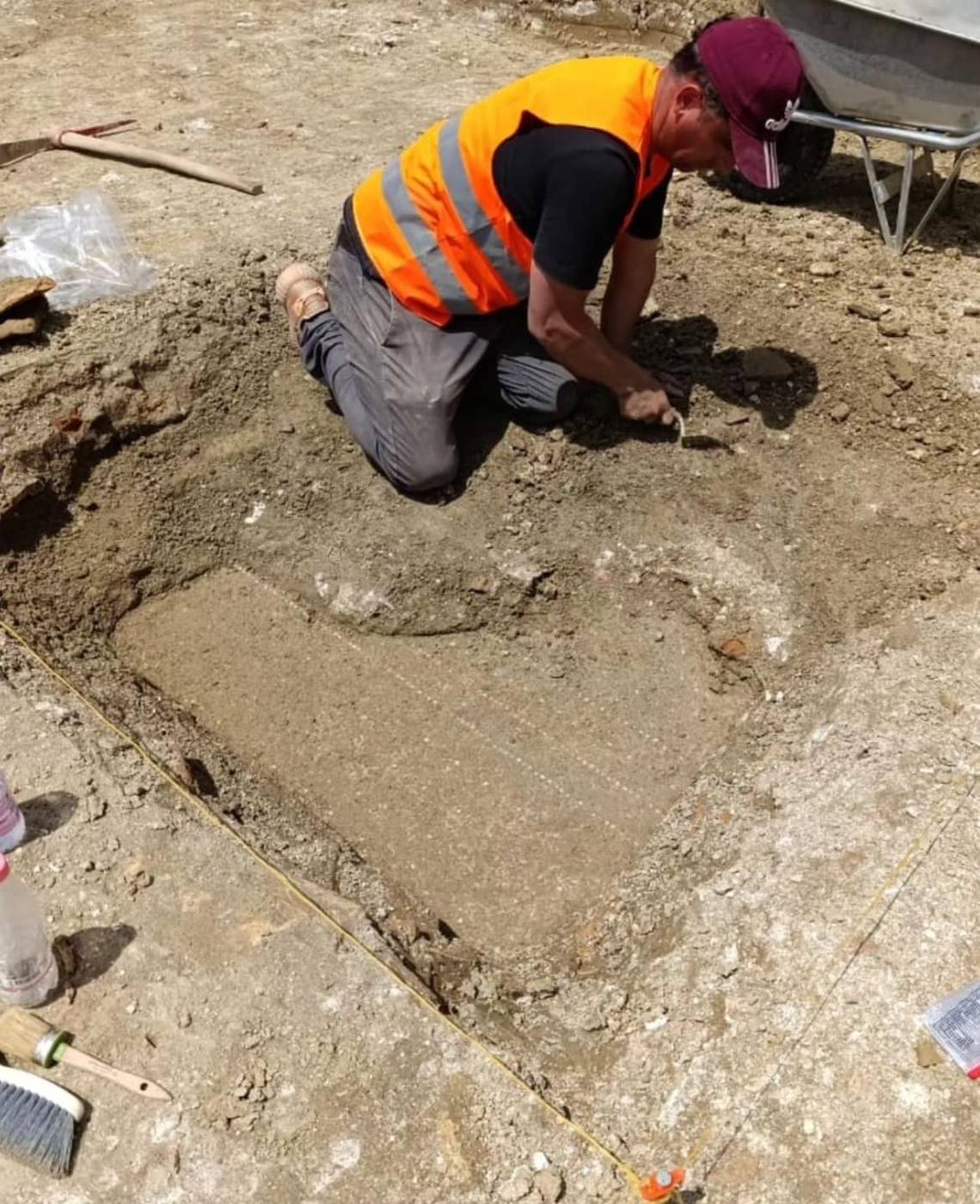
First of its kind 1600-year-old indoor swimming pool unearthed in Albania
Archaeologists in the Albanian city of Durrës excavated an ancient Roman villa with an indoor pool. According to archaeologists, the 1600-year-old indoor pool is the first of its kind. In a Facebook post dated May 9, the Albanian National Institute of Cultural Heritage said archaeologists uncovered a distinguished ancient Roman quarter while excavating ahead of
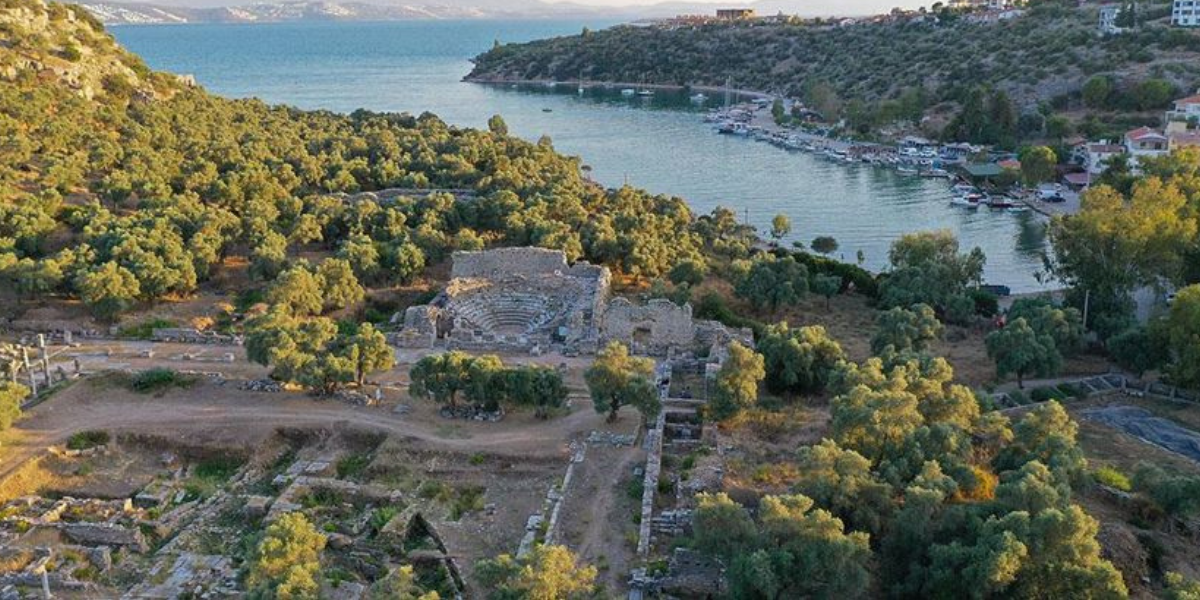
The city that witnessed the immortal friendship of an orphan and a dolphin: Iasos
The city of Iasos, whispered by the waves of the Aegean Sea, bearing the traces of history and mythology, is known not only for its ancient ruins and natural beauty, but also for the immortal friendship of an orphan boy and a dolphin. This extraordinary story transforms Iasos into more than an ancient city, but
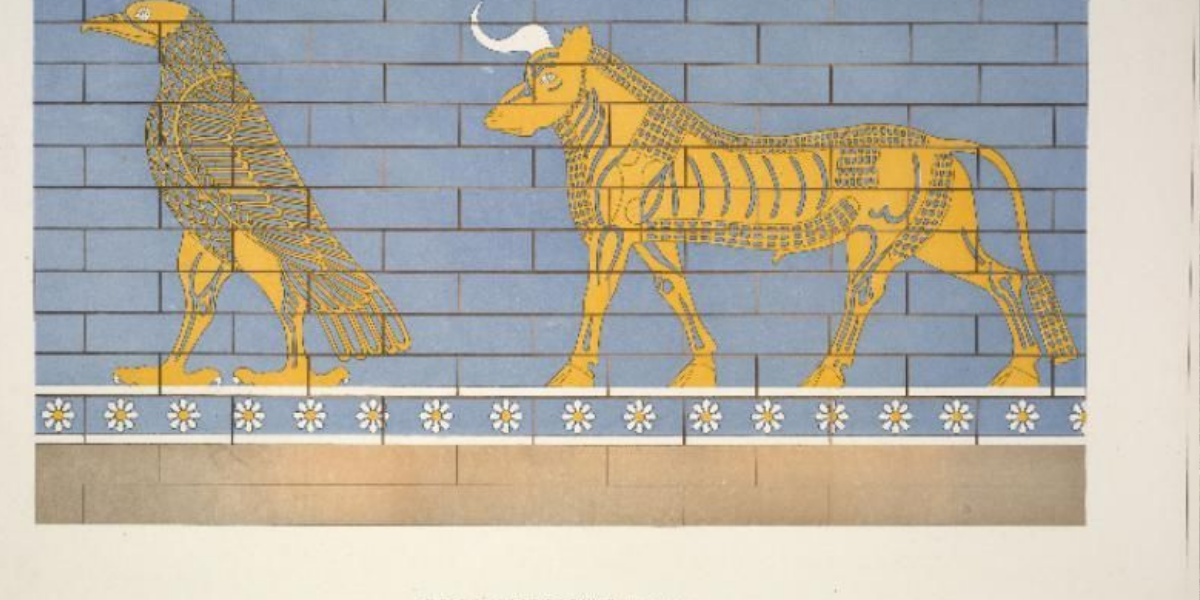
Assyriologist makes new interpretations of ancient symbols in a 2,700-year-old temple
Assyriologist Dr. Martin Worthington has made new interpretations of ancient symbols found in a 2,700-year-old temple in the ancient city of Dur-Šarrukin, home to King Sargón II, ruler of Assyria from 721-704 BC. Dur-Šarrukin is located in Khorsabad, in present-day Iraq. Dur-Šarrukin means “fortress of Sargon”. Sargon II, who built Dur-Sharrukin (Khorsabad), was given the
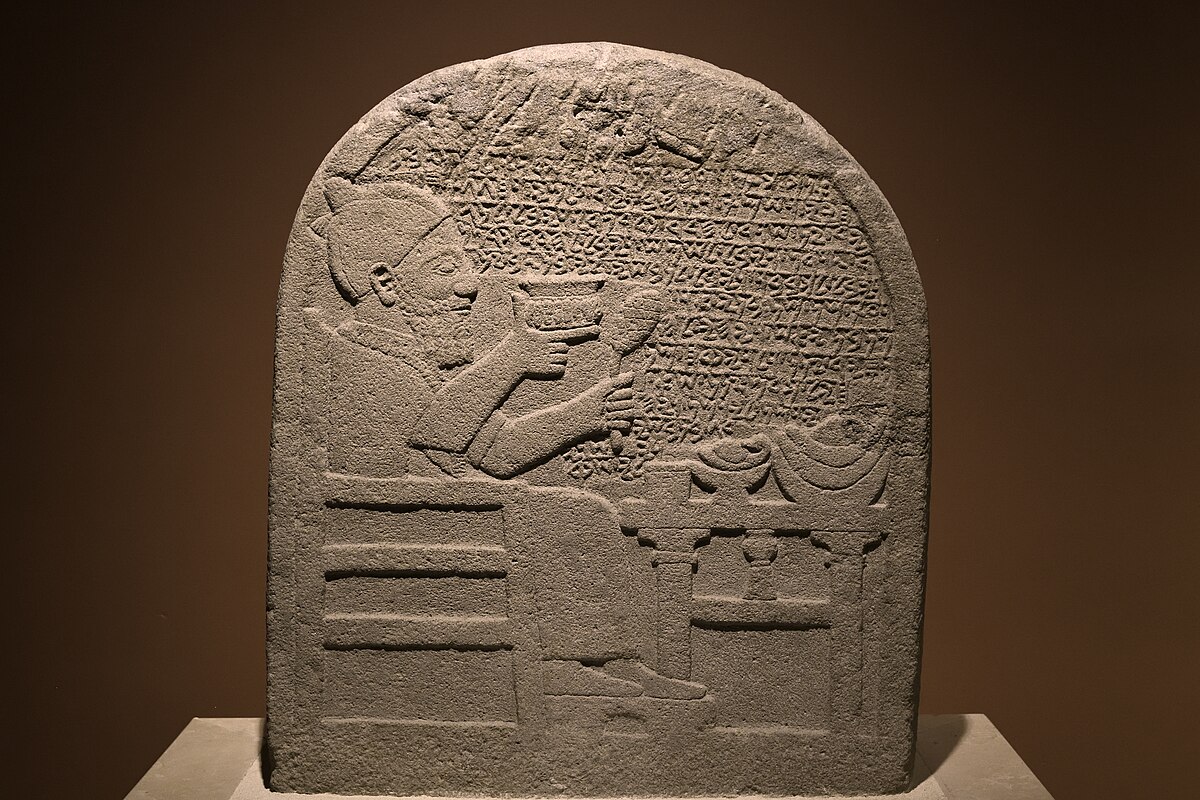
The first written evidence of the soul leaving the body in Anatolia: Kuttamuwa Stele
In the 8th century BC, a rich and powerful man named Kuttamuwa lived in the Gaziantep region of modern-day Turkey. Kuttamuwa served as a royal official. The basalt Kuttamuwa Stele, which Kuttamuwa inscribed while he was alive, gives us information about the belief system of the time. The inscription is written in Aramaic and Sam’al
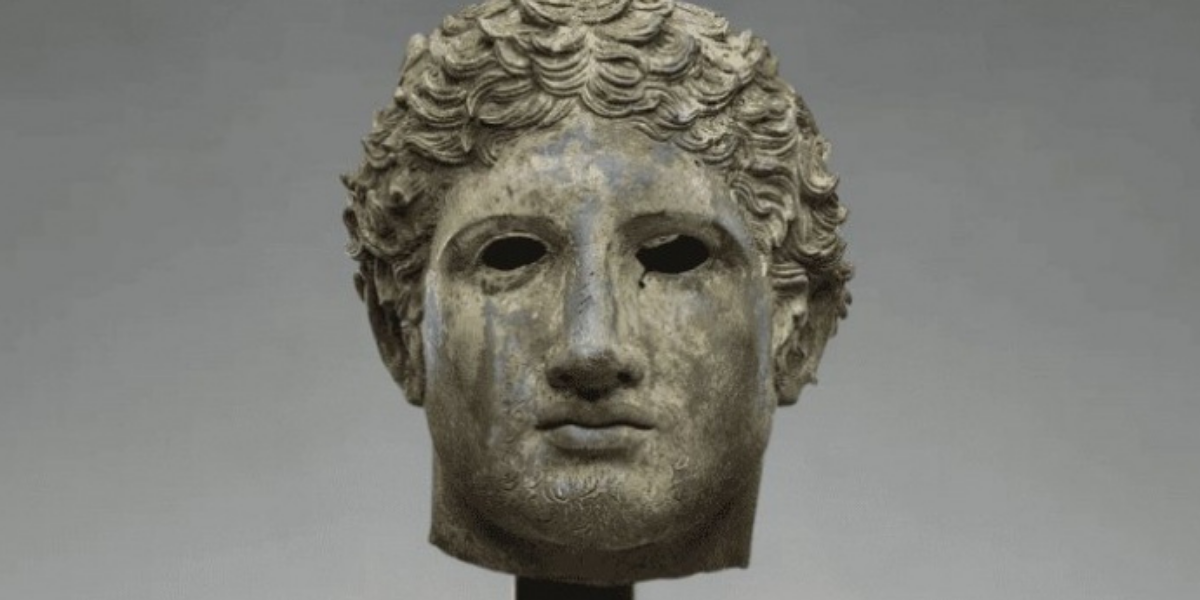
Another bronze statue head smuggled from the ancient city of Boubon returned to Türkiye
The J. Paul Getty Museum in Los Angeles, US, has announced that it has returned to Türkiye an ancient bronze statue head of Boubonian origin that it said it bought from an antique dealer in 1971. The ancient city of Boubon is located in Ibecik village, Gölhisar district, Burdur province. Boubon, which was a member
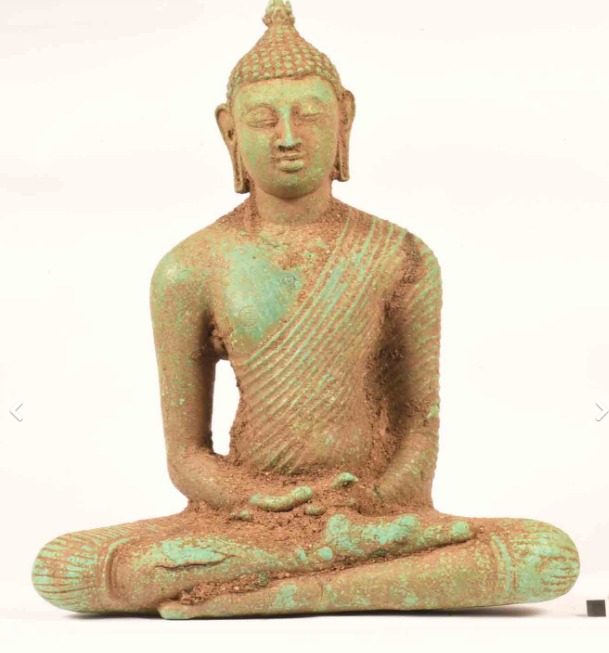
Sitting Buddha statue incidentally found in a paddy field
The seated Buddha statue was discovered by chance in a mound excavated in a paddy field where soil for the production of bricks for the Deegawapiya Stupa Conservation Project was being dug up. This statue, which is in very good condition, is made of some metal. Although it is not possible to state the exact
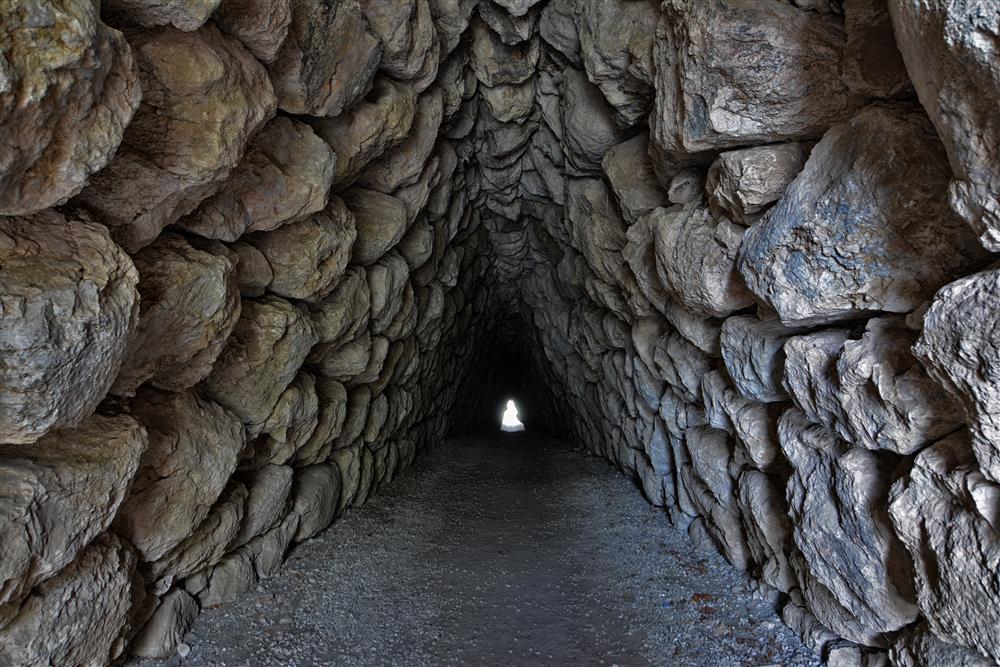
Painted hieroglyphs found in Hattusa Yerkapı tunnel opens a new page in the Hittite world
Prof. Dr. Andreas Schachner said that the painted hieroglyphs discovered in the Yerkapı tunnel in Hattusa, the capital of the Hittite Empire, opened a new page in the Hittite world. Discovered in 2022 by Mardin Artuklu University Archaeology Department Lecturer Assoc. Prof. Dr. Bülent Genç, the painted hieroglyphs were introduced at a conference held at

